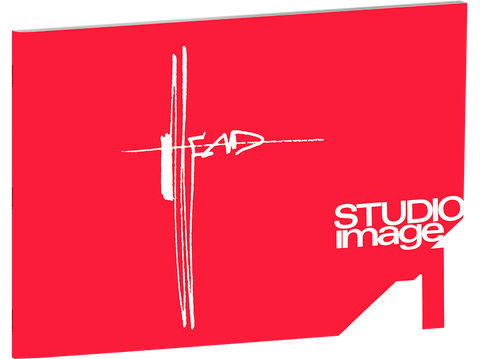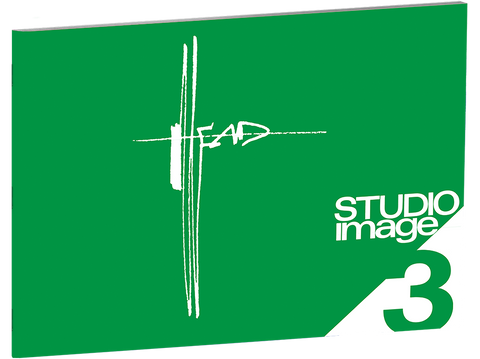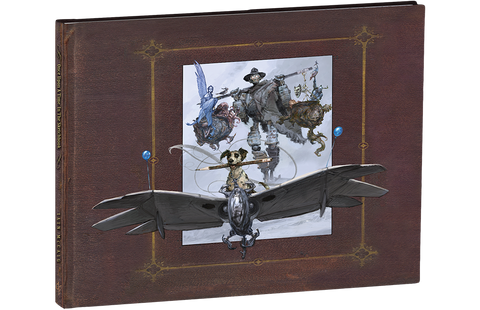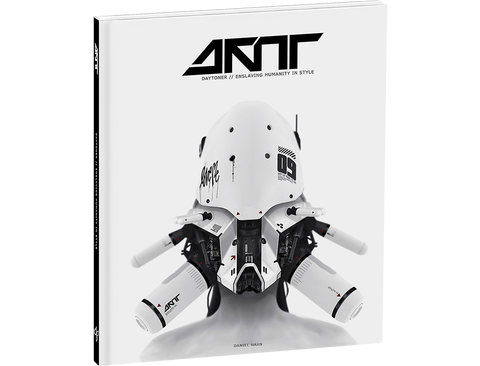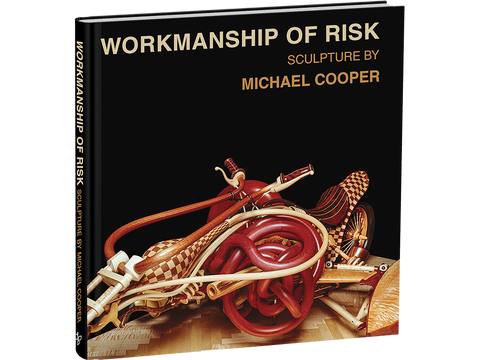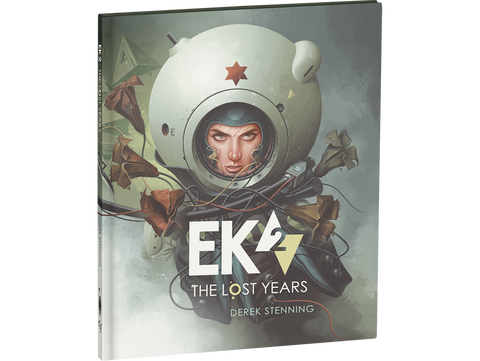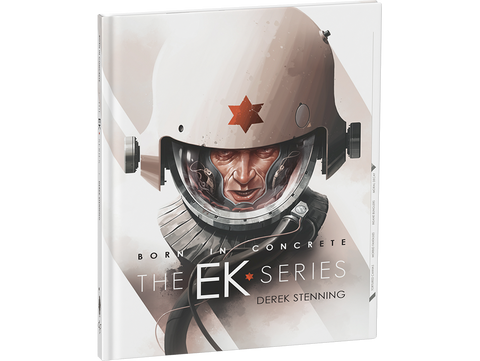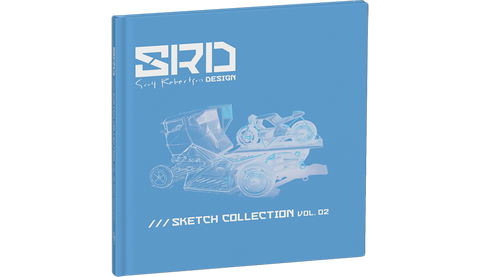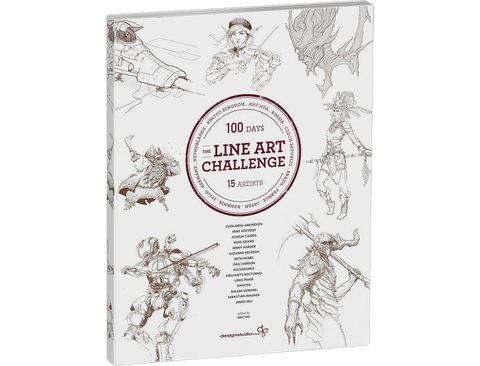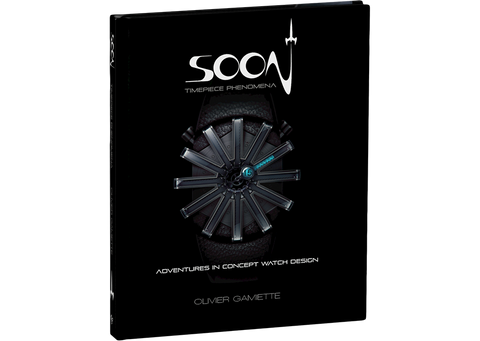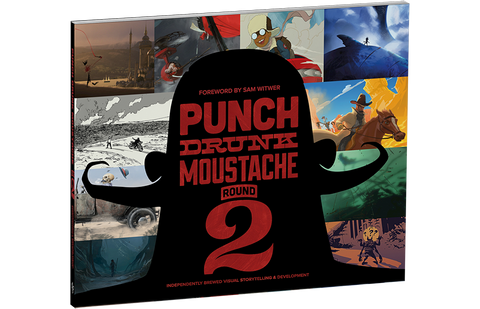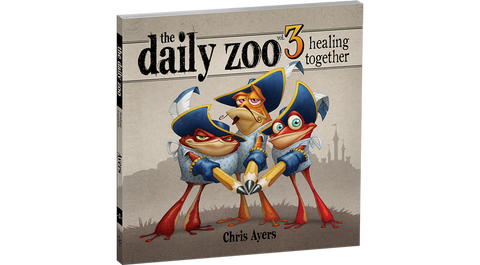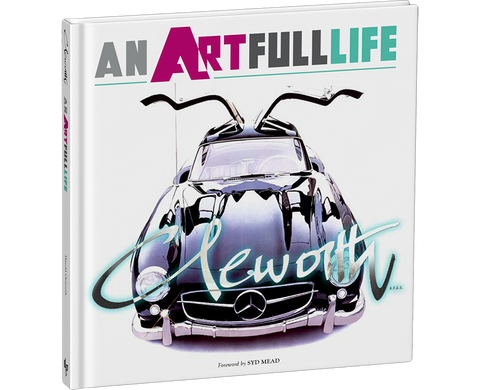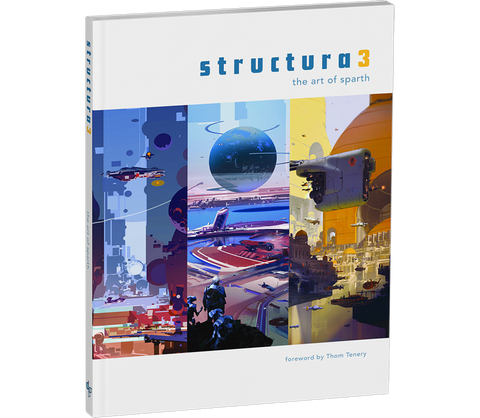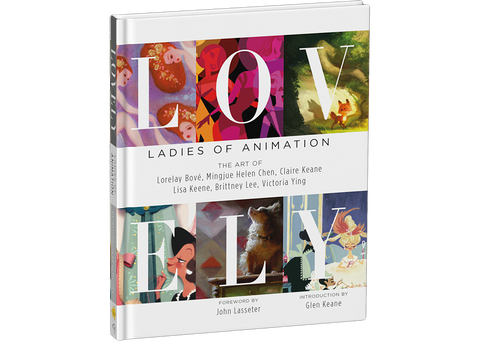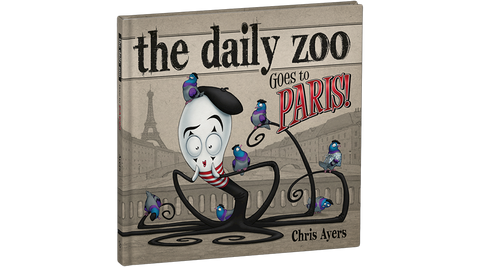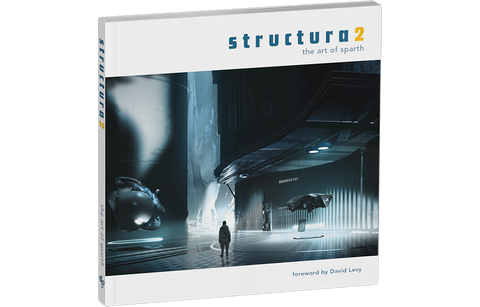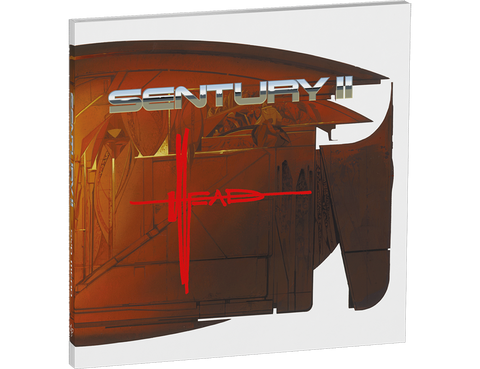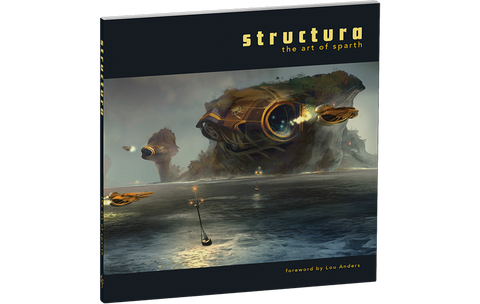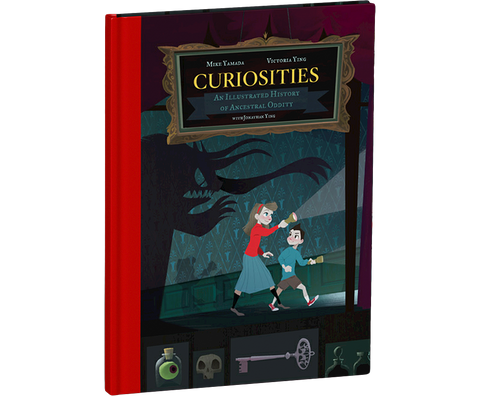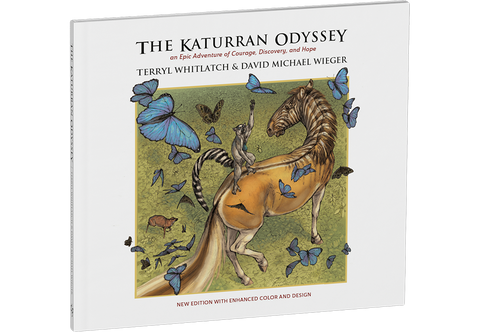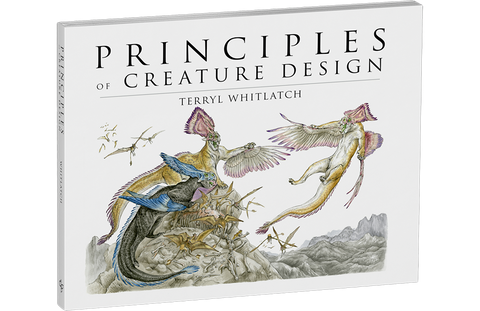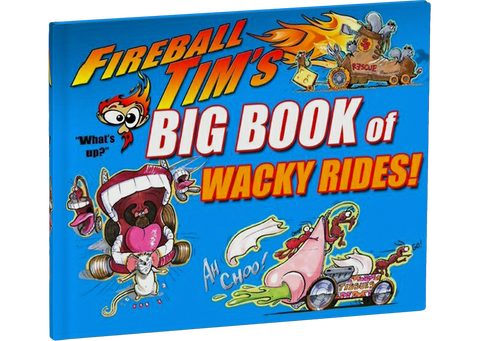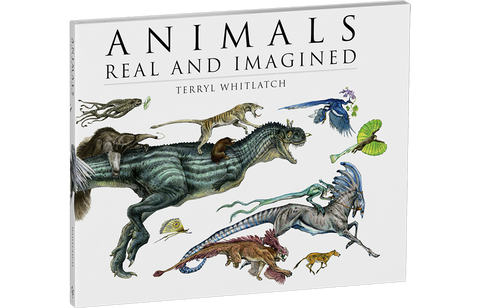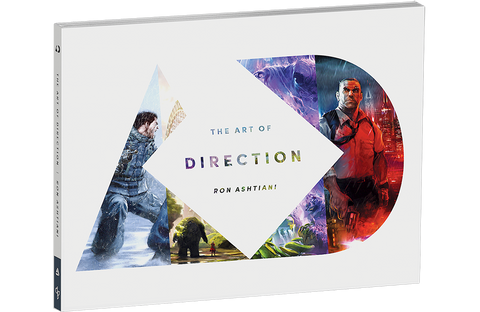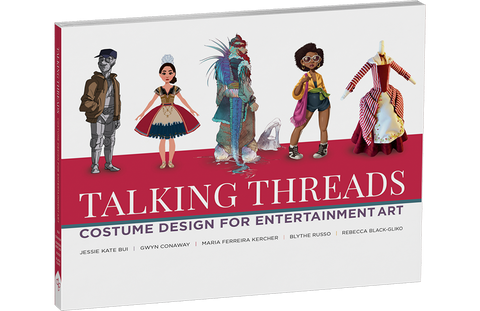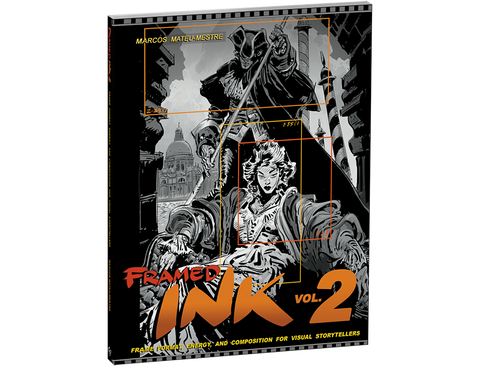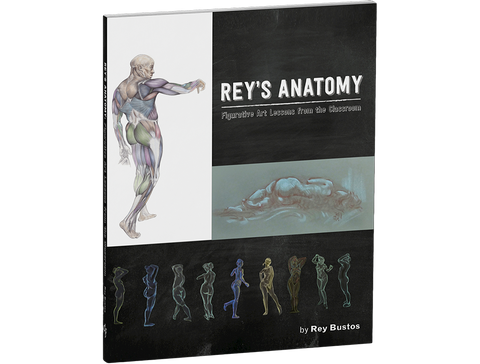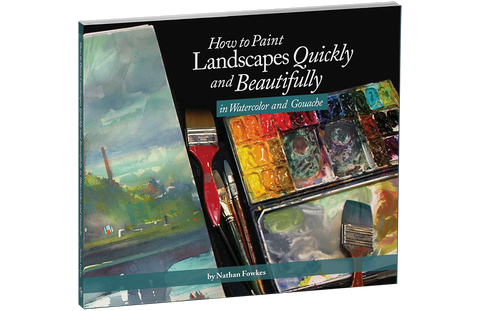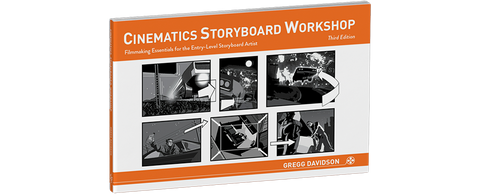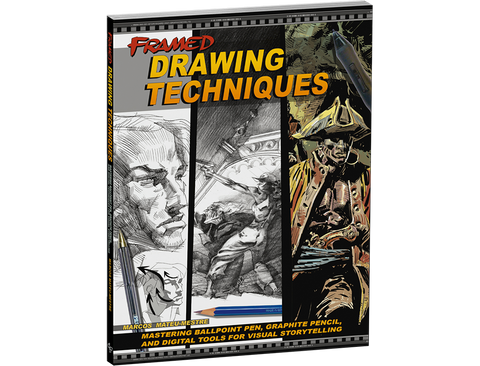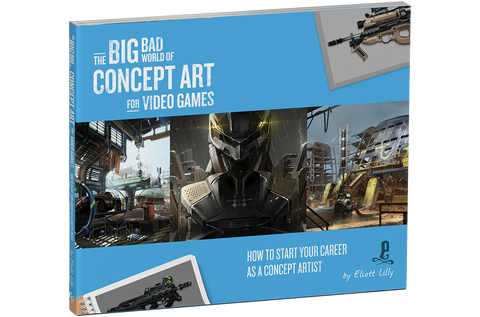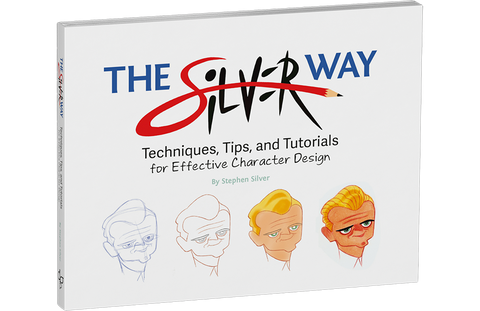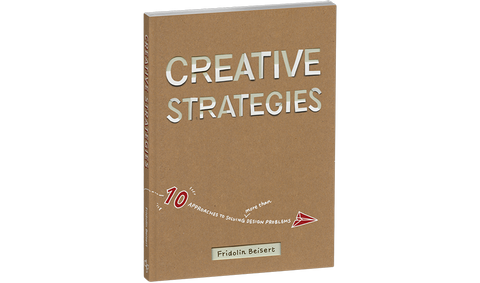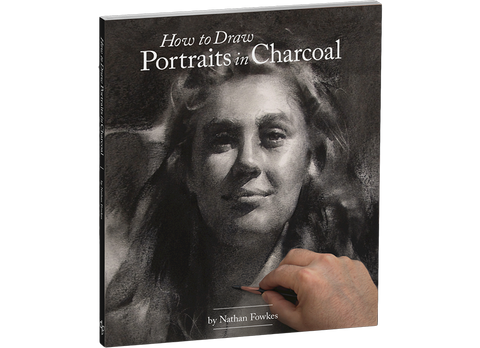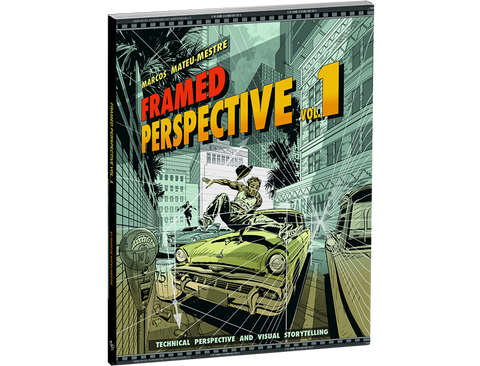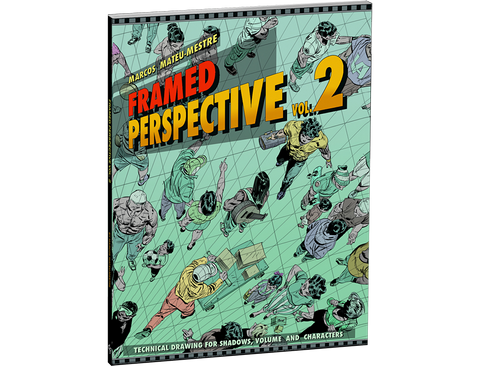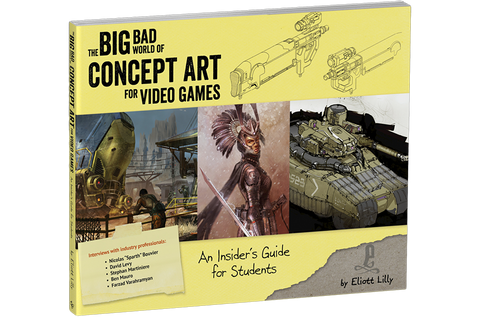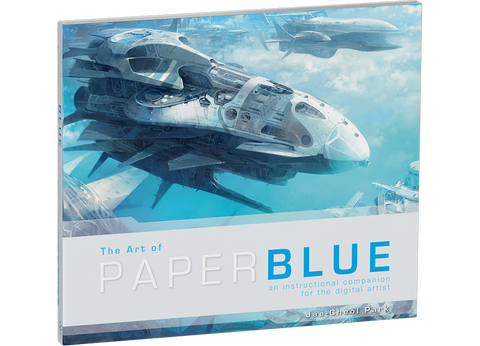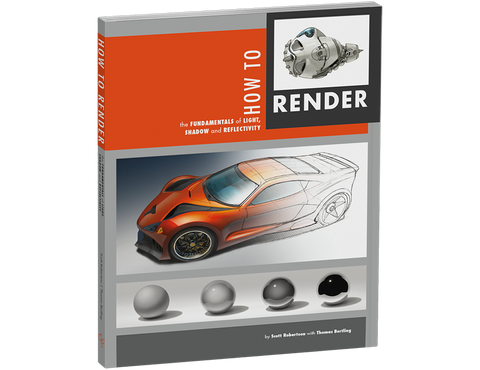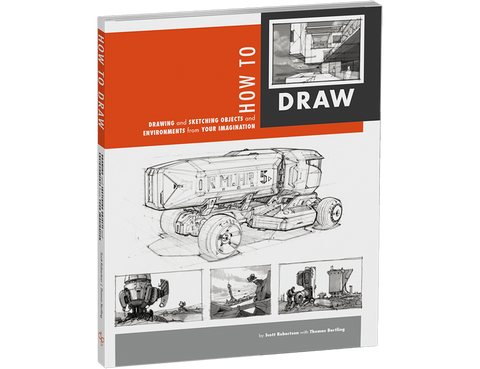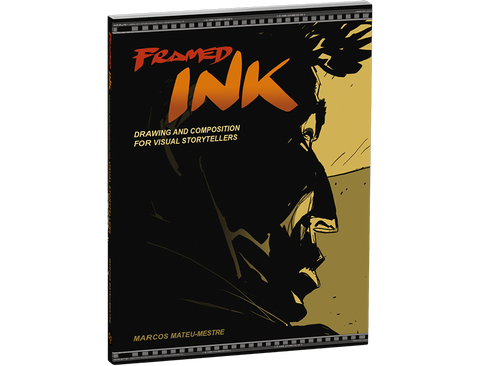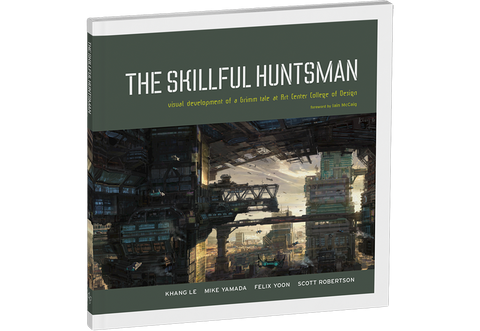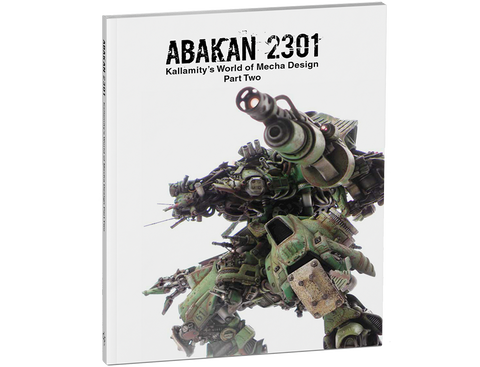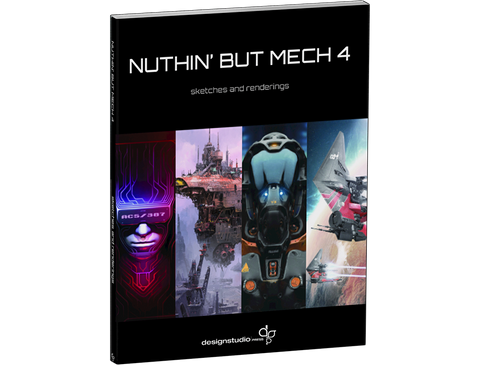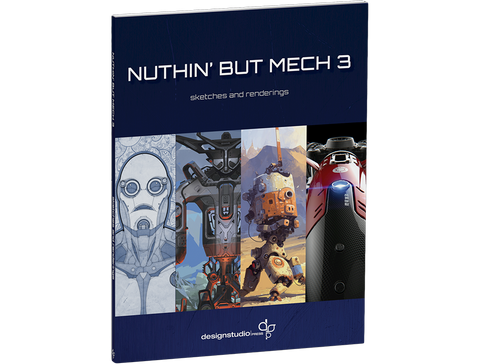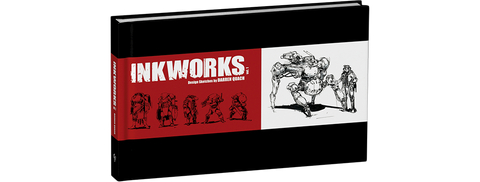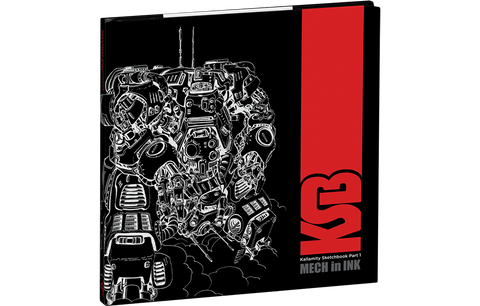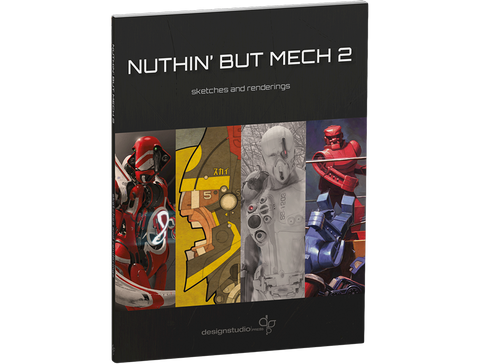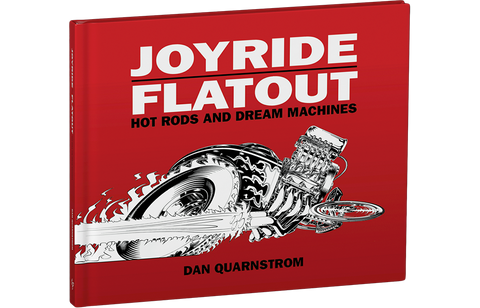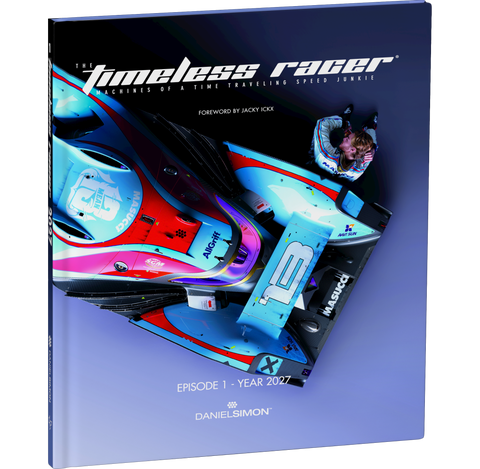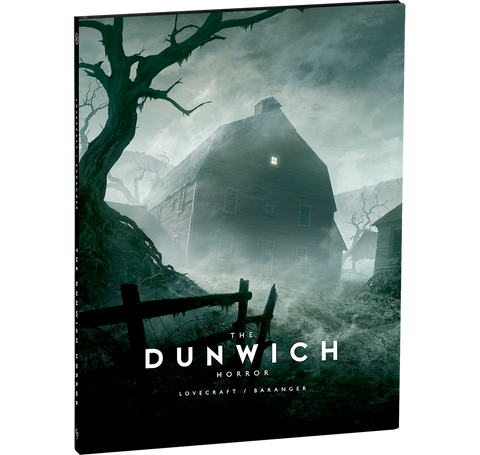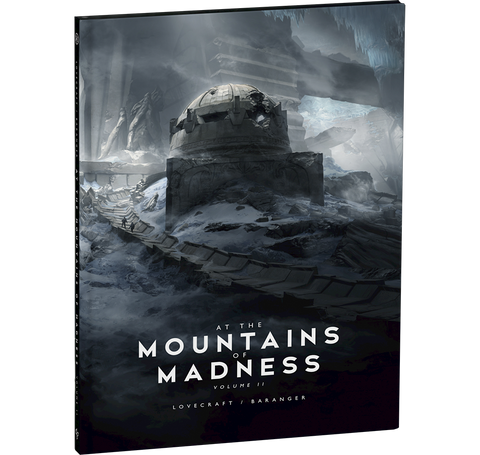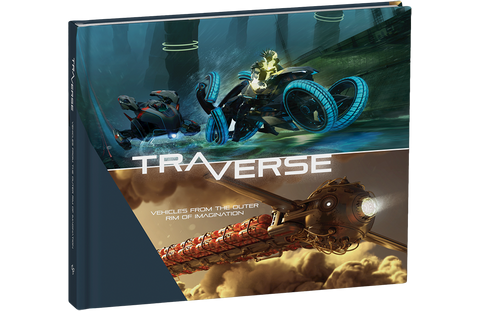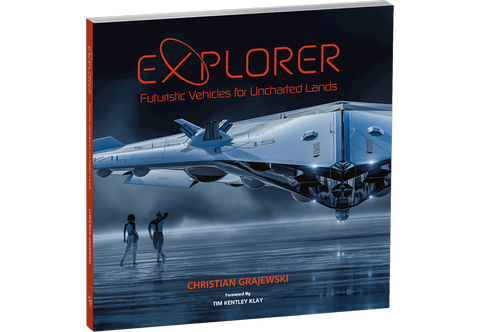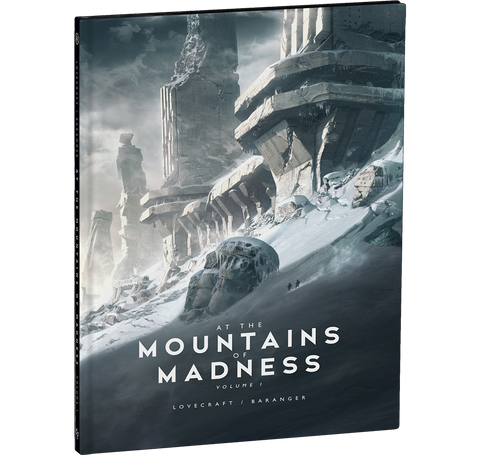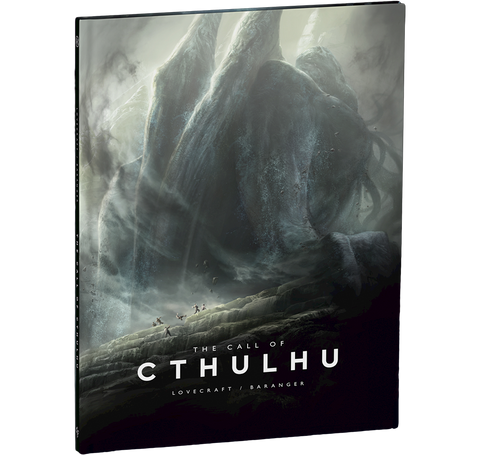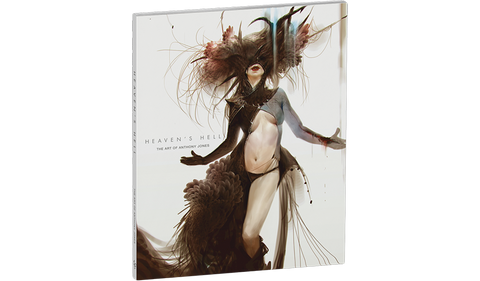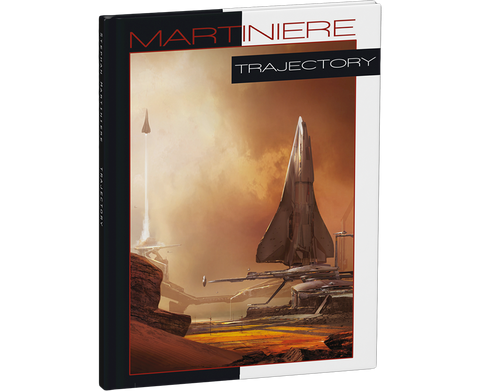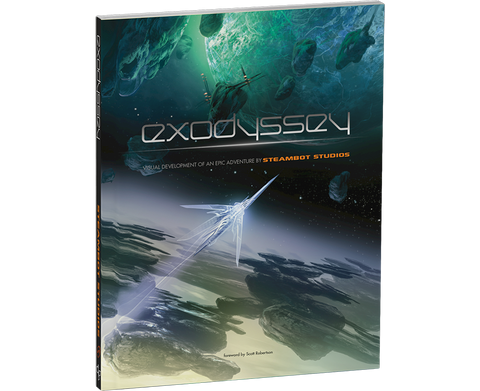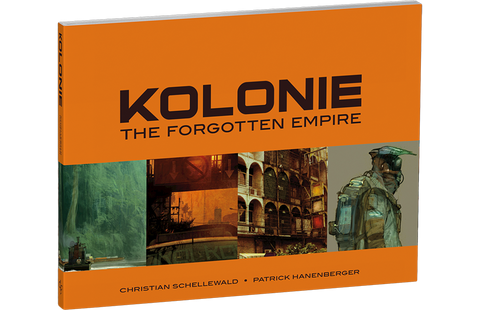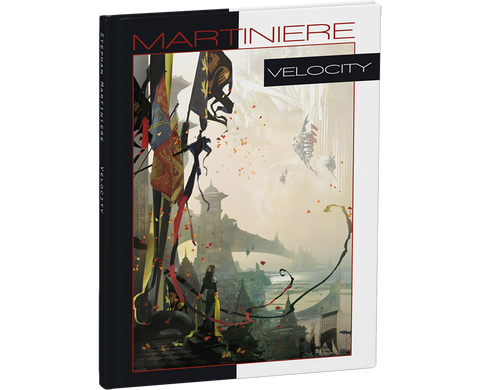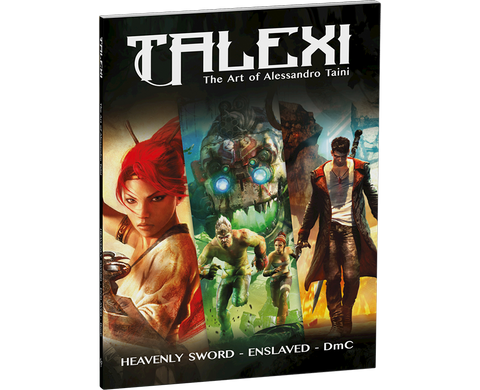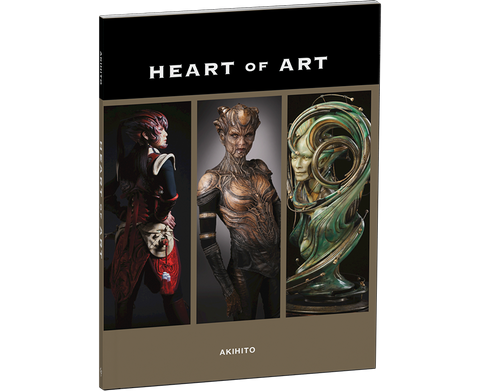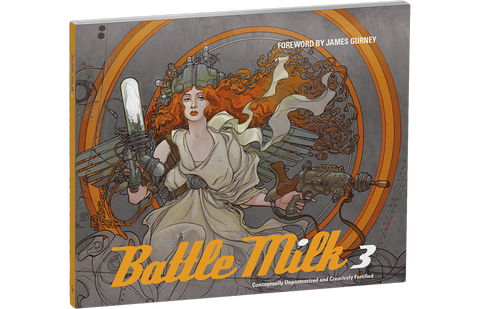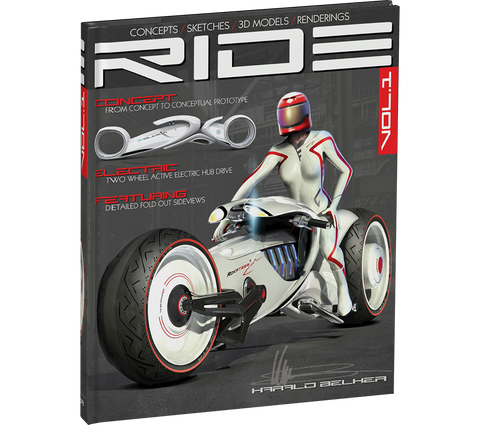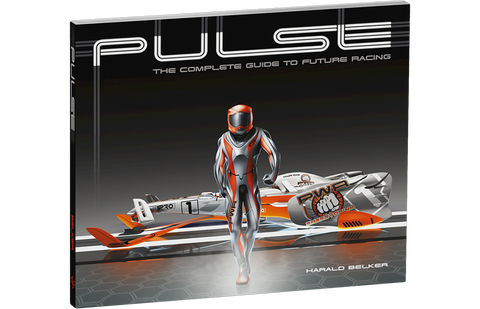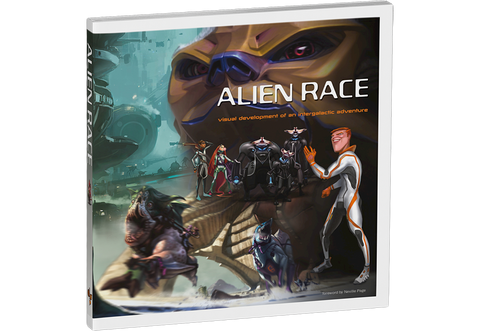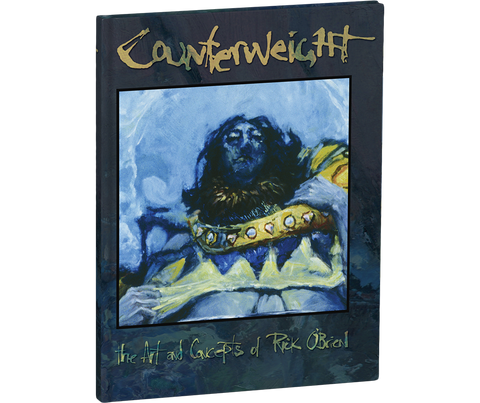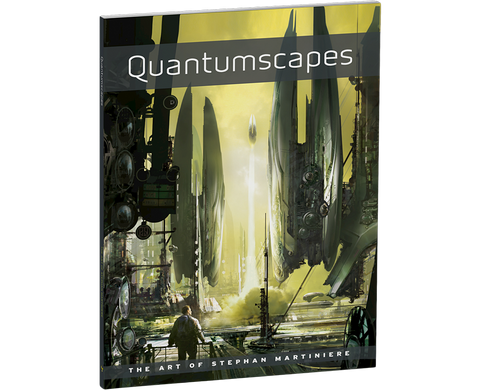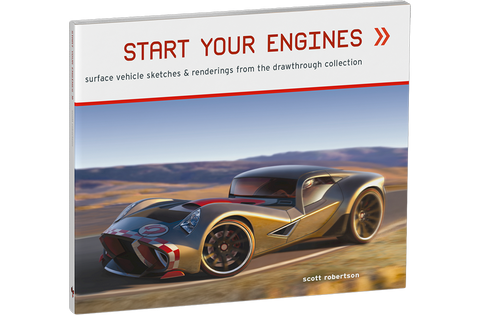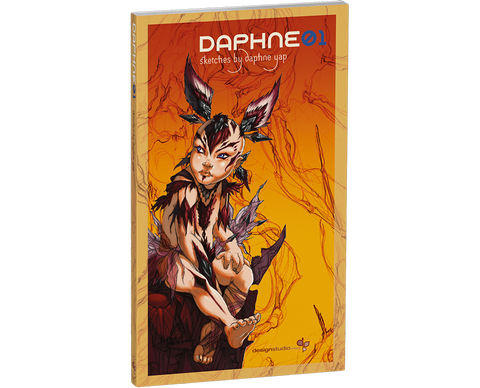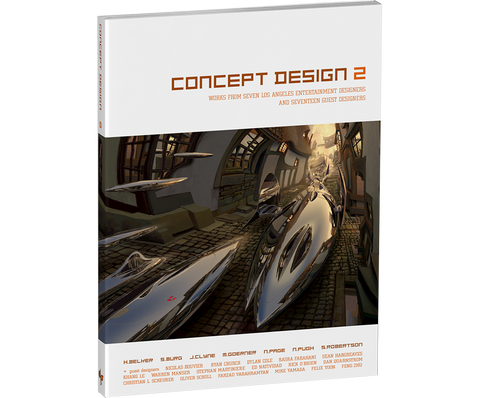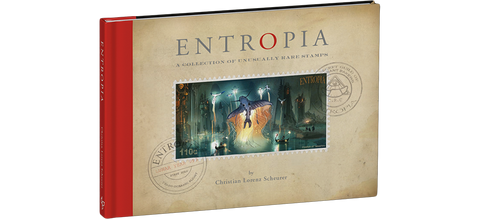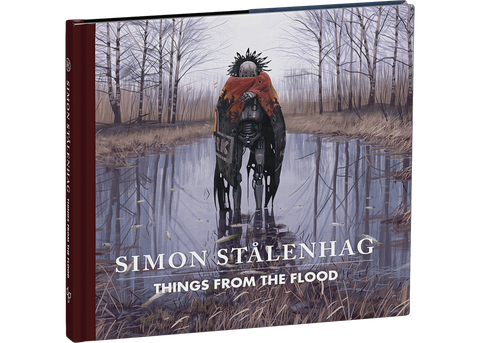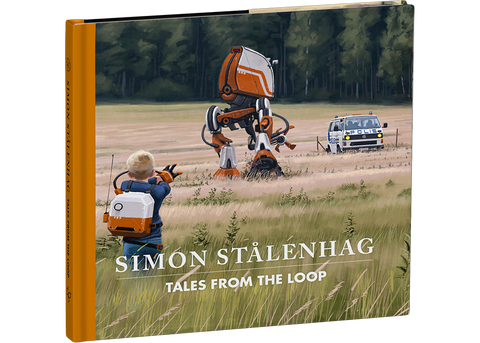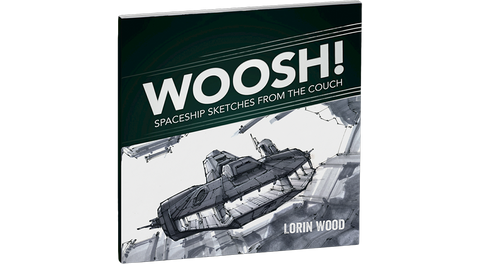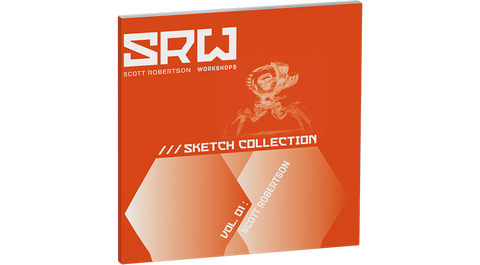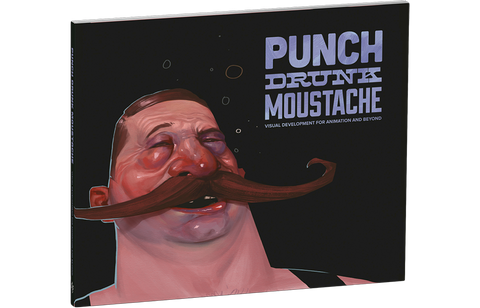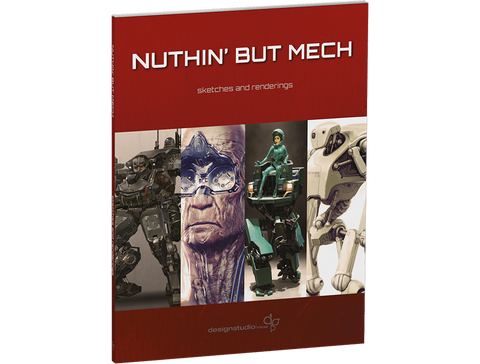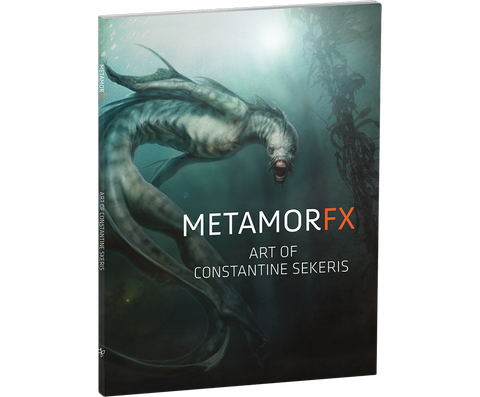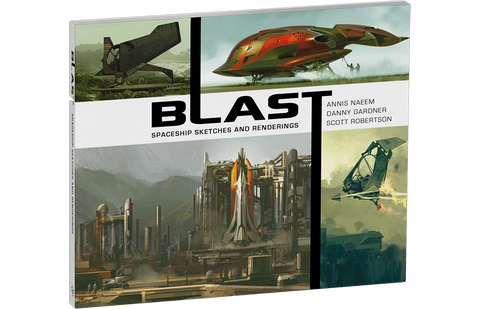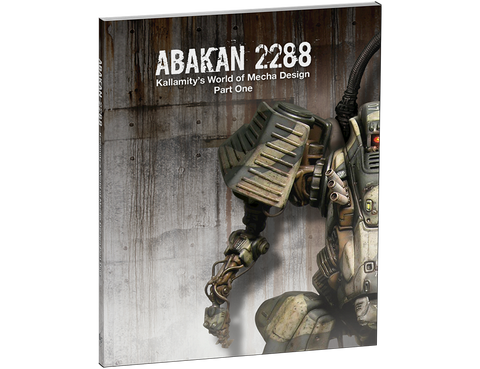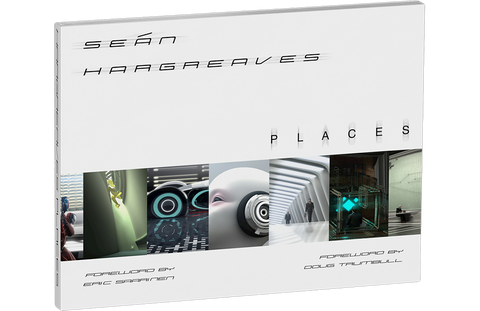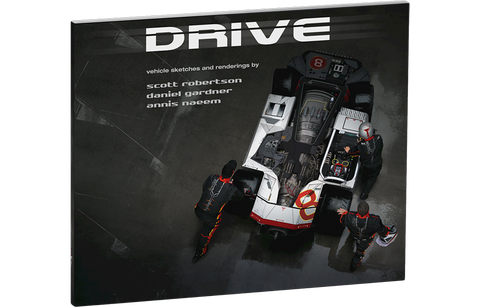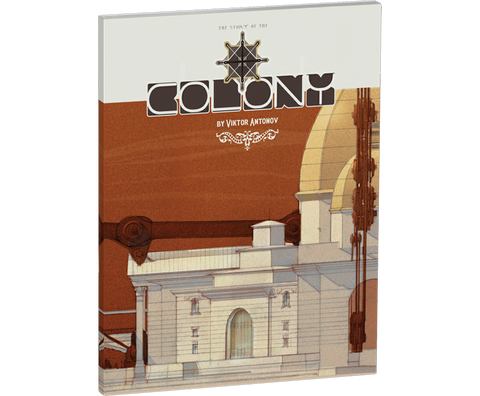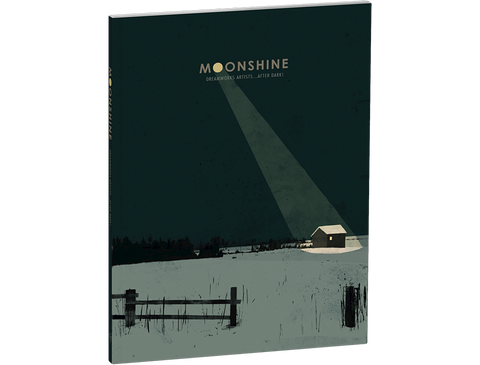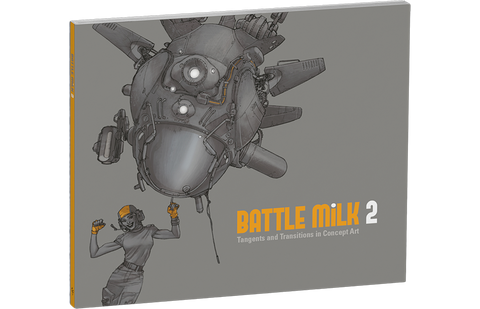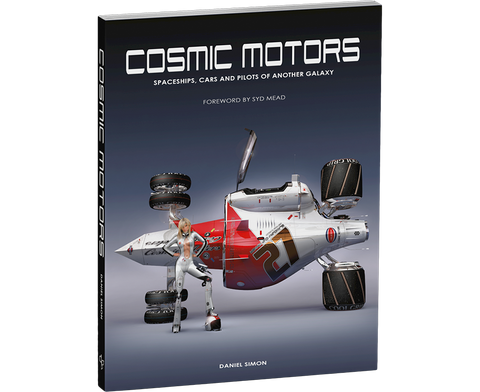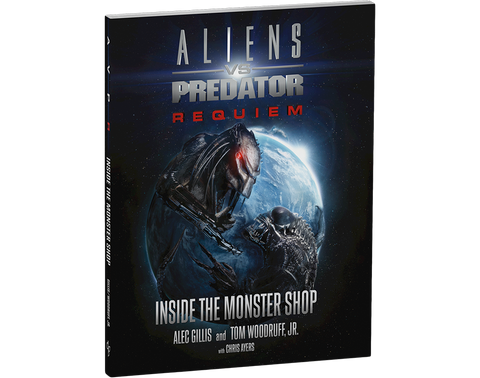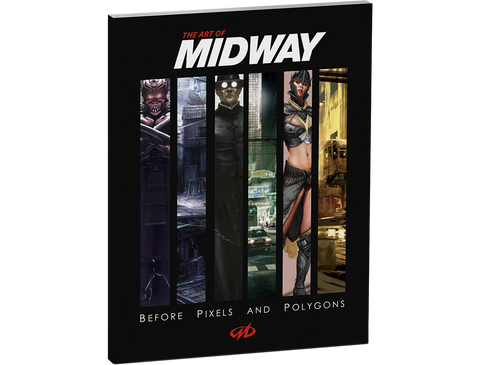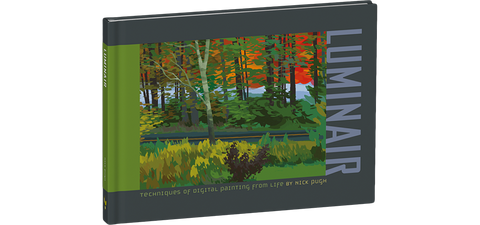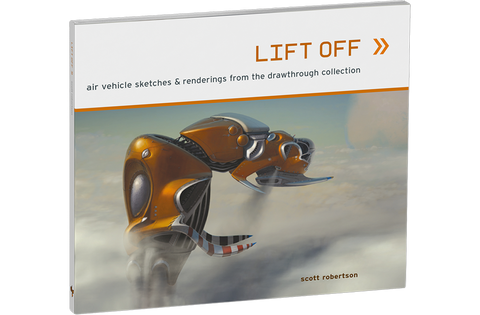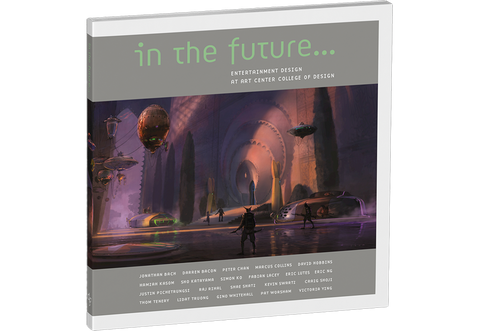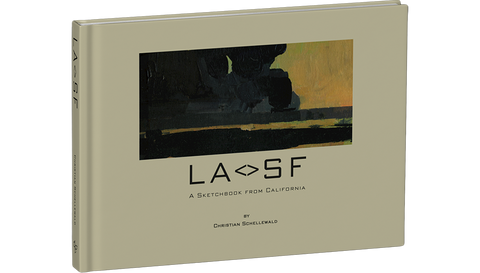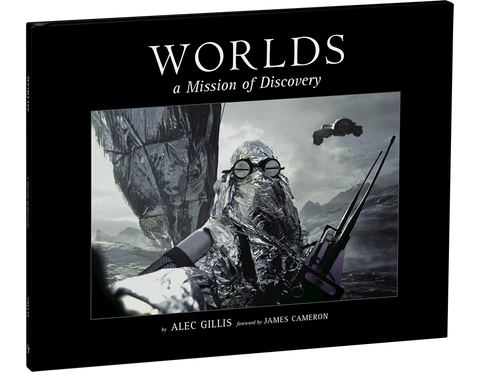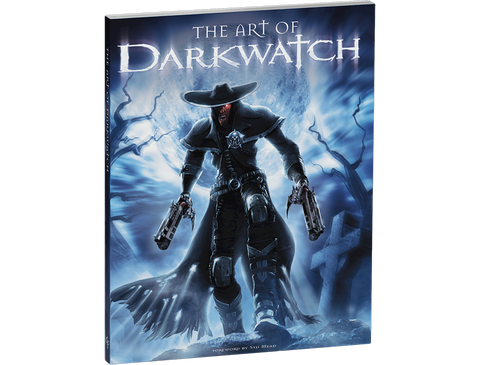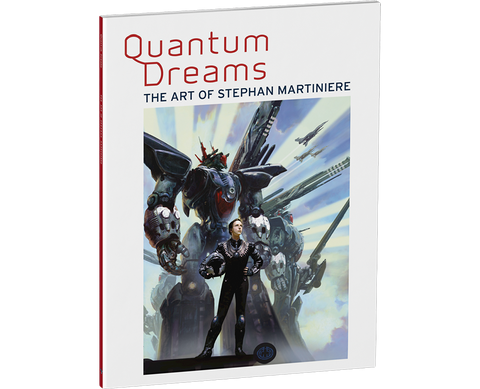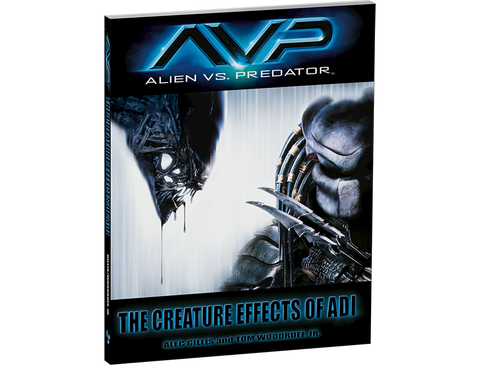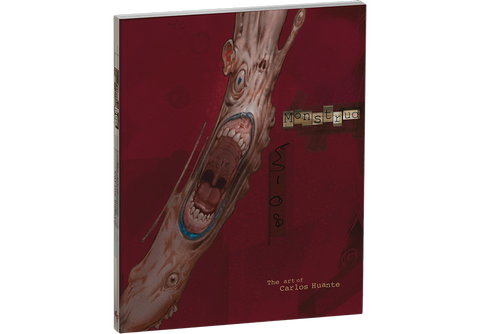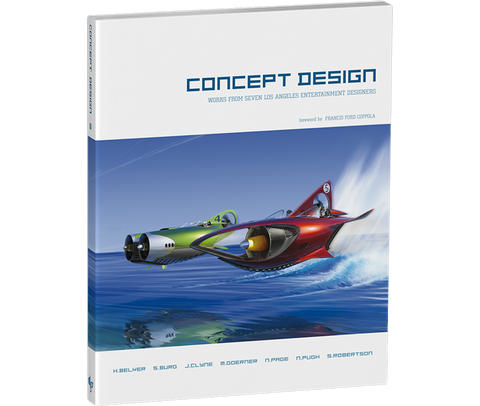Welcome!
Design Studio Press is a Southern California–based publishing house with its fingers on the pulse of concept design. Founded over two decades ago by Scott Robertson, the press has stayed true to its mission to feature and partner directly with artists. With over 120 titles and approximately six new ones released every year, Design Studio Press brings international attention to the field of concept art and educates future generations by publishing art and tutorials by world-renowned entertainment designers.

Newest Arrival!
“Where can your imagination take you?” renowned artist and vehicle designer John A. Frye answers in wondrous illustrations traversing varied terrain and time periods.
-
Fryewerk 2.0 John A. Frye$24.95
-
Studio Image 1 Syd Mead$39.95
-
Studio Image 2 Syd Mead$34.95
-
Studio Image 3 Syd Mead$34.95
-
Once Upon a Time in the Sketchbook Iain McCaig$34.95
-
Daytoner (DTNR) Daniel Hahn$54.95
-
Workmanship of Risk Michael Cooper$74.95
-
EK2 – The Lost Years Derek Stenning$29.95
-
Born In Concrete Derek Stenning$29.95
-
SRD Sketch Collection vol. 02 Scott Robertson$19.95
-
The Line Art Challenge Various Artists$27.95
-
SOON - timepiece phenomena Olivier Gamiette$29.95
-
Punch Drunk Moustache 2 Various Artists$29.95
-
The Daily Zoo: vol. 3 Chris Ayers$14.95
-
An ARTFULLlife Harold Cleworth$54.95
-
Structura 3 Sparth$34.95
-
The Daily Zoo Goes to Paris Chris Ayers$9.95
-
Structura 2 Sparth$29.95
-
My Daily Zoo Chris Ayers$4.95
-
SENTURY II Syd Mead$150.00
-
The Daily Zoo: Year 2 Chris Ayers$14.95
-
The Daily Zoo: vol. 1 Chris Ayers$14.95
-
Curiosities Mike Yamada / Victoria Ying$19.95
-
The Katurran Odyssey Terryl Whitlatch$34.95
-
Science of Creature Design Terryl Whitlatch$44.95
-
Principles of Creature Design Terryl Whitlatch$47.95
-
Big Book of Wacky Rides Fireball Tim$17.95
-
Animals Real and Imagined Terryl Whitlatch$34.95
-
The Art of Direction Ron Ashtiani$39.95
-
Talking Threads Various Artists$45.95
-
Graphic L.A., 2nd Edition Robh Ruppel$27.95
-
Framed Ink 2 Marcos Mateu-Mestre$27.95
-
Rey's Anatomy Rey Bustos$39.95
-
How to Paint Landscapes Nathan Fowkes$27.95
-
Cinematics Storyboard Workshop Gregg Davidson$17.95
-
Framed Drawing Techniques Marcos Mateu-Mestre$29.95
-
Big Bad World of Concept Art: Career Eliott Lilly$34.95
-
The Silver Way Stephen Silver$34.95
-
Creative Strategies Fridolin Beisert$19.95
-
How to Draw Portraits in Charcoal Nathan Fowkes$27.95
-
Framed Perspective vol. 1 Marcos Mateu-Mestre$39.95
-
Framed Perspective vol. 2 Marcos Mateu-Mestre$24.95
-
Big Bad World of Concept Art: Student Eliott Lilly$29.95
-
The Art of PaperBlue Jae-Cheol Park (PaperBlue)$29.95
-
How To Render Scott Robertson / Thomas Bertling$45.95
-
How To Draw Scott Robertson / Thomas Bertling$39.95
-
Framed Ink Marcos Mateu-Mestre$24.95
-
The Skillful Huntsman Various Artists$29.95
-
ABAKAN 2301 Kallamity$39.95
-
Nuthin' But Mech 4 Various Artists$29.95
-
Nuthin' But Mech 3 Various Artists$27.95
-
INKWORKS: vol. 1 Darren Quach$19.95
-
Kallamity: Mech in Ink Kallamity$21.95
-
Nuthin' But Mech 2 Various Artists$24.95
-
An ARTFULLlife Harold Cleworth$54.95
-
JOYRIDE/FLATOUT Dan Quarnstrom$34.95
-
H-Point, 2nd Edition Stuart Macey$54.95
-
The Timeless Racer: Episode 1 Daniel Simon$39.95
-
The Dunwich Horror H.P. Lovecraft / François Baranger$34.95
-
At the Mountains of Madness vol. 2 H.P. Lovecraft / François Baranger$34.95
-
At the Mountains of Madness vol. 1 H.P. Lovecraft / François Baranger$34.95
-
The Call of Cthulhu H.P. Lovecraft / François Baranger$34.95
-
Heaven's Hell Anthony Jones$24.95
-
Trajectory Stephan Martiniere$19.95
-
Costume Design and Illustration Various Artists$27.95
-
Heart of Art AKIHITO$24.95
-
Battle MiLK 3 Various Artists$14.98 $29.95
-
Alien Race Various Artists$22.98 $44.95
-
Counterweight Rick O'Brien$17.98 $34.95
-
Quantumscapes Stephan Martiniere$9.98 $19.95
-
Start Your Engines Scott Robertson$14.98 $29.95
-
Concept Design 2 Various Artists$19.98 $39.95
-
Things from the Flood Simon Stålenhag$0.00
-
Tales from the Loop Simon Stålenhag$0.00
-
SRW Sketch Collection vol. 01 Scott Robertson$0.00
-
Punch Drunk Moustache Various Artists$0.00
-
Trail of Steel: 1441 A.D. Marcos Mateu-Mestre$24.95
-
Nuthin' But Mech Various Artists$0.00
-
ABAKAN 2288 Kallamity$0.00
-
The Colony Viktor Antonov$0.00
-
Battle MiLK 2 Various Artists$0.00
-
Cosmic Motors Daniel Simon$39.95
-
Aliens vs. Predator: Requiem Alec Gillis / Tom Woodruff, Jr.$0.00
-
The Art of Midway Various Artists$0.00
-
In the Future Various Artists$29.95
-
Mas Creaturas Carlos Huante$0.00
-
The Art of Darkwatch Various Artists$24.95
-
Quantum Dreams Stephan Martiniere$0.00
-
AVP: Alien vs. Predator Alec Gillis / Tom Woodruff, Jr.$0.00
-
Concept Design 1 Various Artists$0.00













